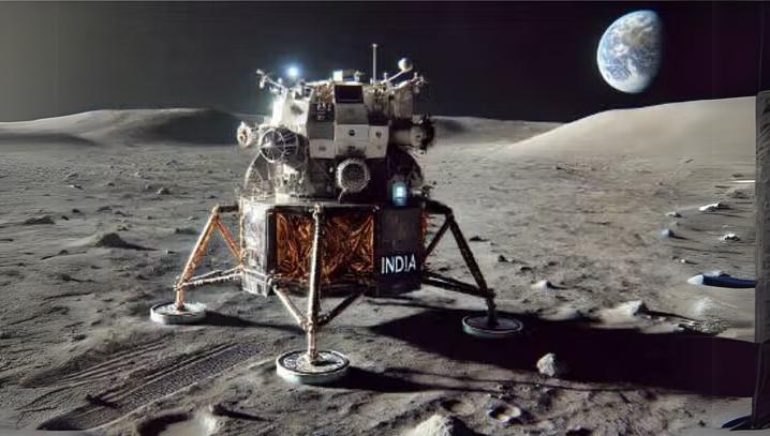The Chandrayaan-4 mission, India’s ambitious next step in lunar research, will analyse the Moon’s habitability by returning surface samples. The mission, expected to cost ₹2,104.06 crore, will launch in 2029 and consist of five modules: Ascender Module (AM), Descender Module (DM), Re-entry Module (RM), Transfer Module (TM), and Propulsion Module (PM).
These components will be launched in two stacks from two distinct LVM3 launch vehicles.
Upon touchdown, a surface sampling robot mounted to the DM will collect 2-3 kg of lunar samples from the landing site. In addition, a drilling mechanism will extract subsurface samples and transfer them to a different container in the AM. To maintain the samples’ integrity during their journey to Earth, the containers will be properly sealed to prevent contamination and leakage.
The entire sample collection process will be closely monitored using video cameras, allowing for extensive analysis.
This mission not only marks a great advancement in space exploration but also emphasises the employment of local technologies. Indian companies are projected to play a critical role in its success by supporting skill development, offering significant job opportunities, and pushing technological innovation.















